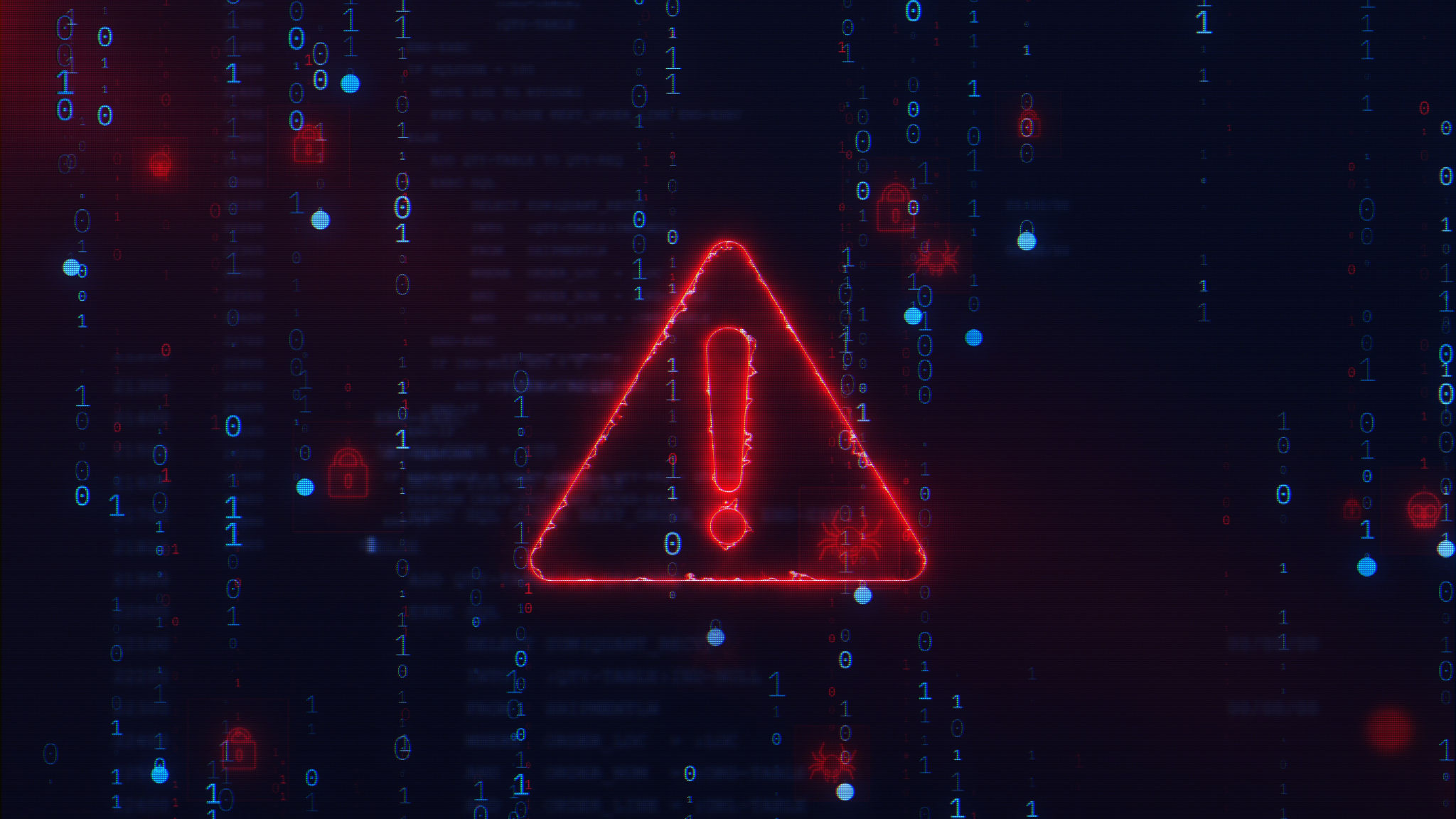The Future of Cybersecurity: Protecting Your Connecticut Business from Emerging Threats
Understanding the Evolving Cyber Threat Landscape
As technology advances, so does the sophistication of cyber threats. Businesses in Connecticut, like those around the world, face an increasingly complex cybersecurity landscape. Cybercriminals are employing more advanced techniques, making it essential for companies to stay ahead of the curve. Understanding these emerging threats is the first step in safeguarding your business's digital assets.

Today's threats are not limited to ransomware and phishing attacks. With the rise of the Internet of Things (IoT), artificial intelligence, and remote work environments, new vulnerabilities are continually emerging. Businesses must be proactive in identifying these risks and implementing appropriate security measures to mitigate them.
The Importance of a Comprehensive Cybersecurity Strategy
A robust cybersecurity strategy is no longer optional; it is a critical component of any successful business plan. A comprehensive approach involves multiple layers of defense, ensuring that if one layer is breached, others will still protect the organization. This strategy should include regular risk assessments, employee training, and the implementation of advanced security technologies.

Businesses should also consider adopting a zero-trust model, which requires verification for anyone and anything trying to access the network. This approach minimizes the risk of internal and external threats by treating every access attempt as a potential breach.
Leveraging Advanced Technologies for Enhanced Protection
Investing in advanced technologies such as artificial intelligence (AI) and machine learning (ML) can significantly bolster a company's cybersecurity posture. These technologies can analyze vast amounts of data in real-time, identifying patterns and anomalies that may indicate a cyber threat. By leveraging AI and ML, businesses can respond more quickly and effectively to potential attacks.
- Implement AI-driven threat detection systems.
- Utilize ML for predictive analysis and threat prevention.
- Regularly update and patch all software systems.
The Role of Employee Training in Cybersecurity
Employees are often the first line of defense against cyber threats. Regular training sessions can equip your team with the knowledge they need to recognize and respond to potential attacks. Topics such as identifying phishing emails, maintaining strong passwords, and following proper data handling procedures should be part of a comprehensive training program.

Encouraging a culture of security awareness within your organization helps ensure that all employees understand their role in protecting company data. Regular simulations and drills can also be effective in keeping security practices top-of-mind.
Future-Proofing Your Business Against Emerging Threats
To future-proof your Connecticut business against emerging cyber threats, it's essential to stay informed about the latest developments in cybersecurity. Engaging with industry experts, attending conferences, and participating in webinars can provide valuable insights into new technologies and strategies.
Additionally, consider partnering with a managed security service provider (MSSP) to gain access to specialized expertise and resources. An MSSP can offer continuous monitoring and support, ensuring that your business remains protected against evolving threats.
Conclusion: Taking Action Today
The future of cybersecurity requires businesses to be vigilant and proactive in their efforts to protect digital assets. By understanding emerging threats, implementing comprehensive strategies, leveraging advanced technologies, and prioritizing employee training, Connecticut businesses can safeguard their operations against cyberattacks. Taking action today will help ensure a secure tomorrow for your organization.
